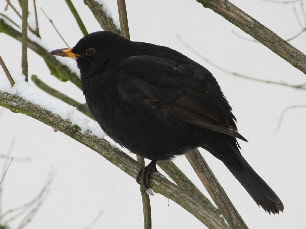


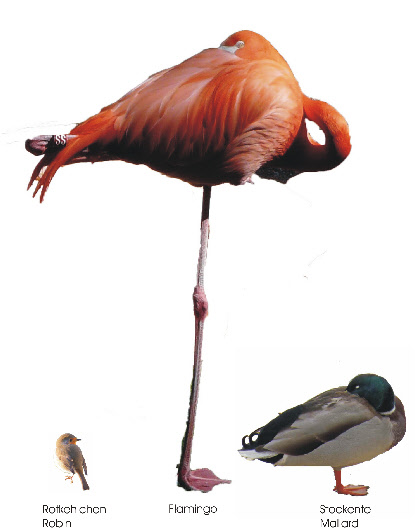

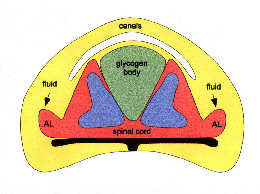
•Lumbosacral organ in the
spinal cord of birds
of birds
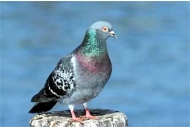
•Avian sensory physiology

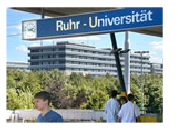
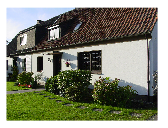
Viele Vögel (s. Liste) ruhen auf einem Bein. Mich interessiert, wie sie das machen und welche Bedeutung dieses Verhalten hat (s. Seite Stehen auf einem Bein)
The early evolution of birds involves a step where the long tail of reptilian predecessors is reduced and forms a pygostyle at the end where in extant birds tail feathers (rectrices) insert. Whereas the tail of bipedal theropods could help to keep balance, tail feathers of birds serve flight manœuvres. In addition to a pygostyle avian predecessors developped a synsacrum typical of modern birds. In extant birds this synsacrum houses specializations which seem to function as a sense organ of equilibrium. I am interested in the question whether avian predecessors with a pygostyle and a synsacrum do have these specializations (see page Evolution)
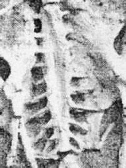
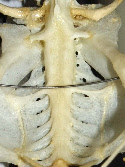
the pigeon
(ventral view)
extinct Apsaravis
(ventral view)
Der Zehen-
Auf Ästen oder Stangen ruhenden oder schlafenden Vögeln wird nachgesagt, dass sie
einen automatischen Zehen-
•Bird-
Contact
Home: Stettiner Str. 3. D-
Tel. Home: +49-








